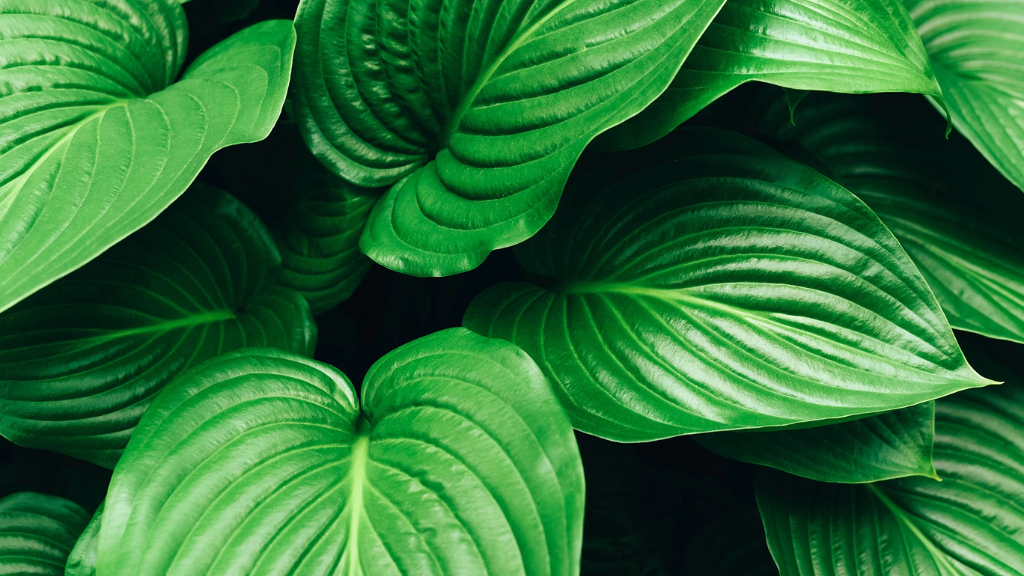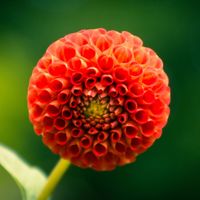Growing Hostas: How To Care For A Hosta Plant
A hosta plant may be the prettiest shade plant in your yard. It thrives underneath trees and even in deep-shade areas.

Hostas are herbaceous perennials that are well-loved by gardeners for their shade tolerance. Some varieties thrive even in deep shade. Gardeners also love hostas because they are easy to care for and come in a wide variety of sizes and colors. Hostas grow in mounds of various sizes with broad leaves and tall flower stalks.
Water & Light Requirements
Hosta Quick Facts
Botanical name
Hosta spp.
Height
6 in - 4 ft (15 cm - 1.2 m)
Spread
6 in - 5 ft (15 cm - 1.5 m)
Sun exposure
Partial shade
Soil requirements
Rich, moist, well-drained
Hardiness zones
3 to 8
When to plant
Spring or fall
A hostas light requirement is among its most noteworthy characteristics. Hostas are so popular, in part, because they tolerate quite a lot of shade compared to most perennials. Most varieties do best in a spot that gets some morning sunlight and afternoon shade. Many grow well in dappled or even deep shade.
The color of the foliage provides a clue as to a hosta's light needs. The darker-colored varieties retain their deep coloring better with some shade. Lighter-colored hostas stay bright when provided with some sunlight.
Hosta plants prefer moist soil, but it should drain well to prevent root rot. Once established with a healthy root system, a hosta plant will tolerate dry soils and drought. Use mulch around hostas to keep moisture in the soil.
Soil & Fertilizer
Rich soil with high organic matter content is best for hostas, but they will tolerate poorer conditions. The soil should drain well and remain consistently moist for the best results.
Fertilizer is generally not necessary unless you have poor soil. Use a balanced, slow-release fertilizer in spring and avoid over-fertilizing. Do not apply fertilizer after July, as it can interfere with how the plants prepare for winter.
Pruning and Propagating Hostas
Hostas require minimal to no pruning during the growing season. You can remove hosta flowers once they're spent and trim back any yellow or damaged foliage to keep the appearance tidy. Cut back dead foliage in late fall or early spring.
Sign up for the Gardening Know How newsletter today and receive a free copy of our e-book "How to Grow Delicious Tomatoes".
Propagate hostas by division in early spring. Dig up the roots and separate plants, ensuring each crown has adequate roots attached. You do not need to divide hostas regularly to keep them healthy.
They will simply slow their growth when crowded.
Problems, Pests, & Diseases
Deer and rabbits love to eat hostas, especially in suburban areas where natural foods are harder to find. They can mow down a plant in one night. Use a repellent to keep them away. Another common pest is slugs, which can be managed with bait, like dishes of beer.
Diseases are possible but not common in hostas. Look for signs of root and crown rot and avoid these by spacing plants adequately and ensuring the soil drains well.
Hostas are susceptible to a couple of viral diseases. Some signs of infection include streaking between the veins on leaves, leaf mottling, and brown spots on leaves. Infected plants should be completely removed and destroyed. When purchasing plants, look for resistant varieties.
Hosta Varieties
Many cultivars of hosta are available at garden centers and online. You can find hostas in a wide range of sizes and colors. A mix of different types provides visual interest in shady beds. Here are just a few varieties to try:
- Pandora's Box - This is one of the smallest varieties and has variegated leaves with white centers and green edges.
- Baby Bunting - Also small, this variety has rounded, bluish-green foliage.
- Hosta plantaginea - This species of hosta has better heat and sun tolerance than most. It is medium-sized with pale green leaves and white flowers.
- Sum and Substance - Choose this large variety for slug resistance. The leaves are glossy and chartreuse in color. The leaves are thick enough to resist most slug damage.
- Gold Standard - This is a popular variety for its unique gold-green color with darker green margins. It grows up to three feet (.91 m) tall.
- Frances Williams - Frances Williams is another popular variety with deeply veined leaves that have a puckered texture. The color is blue-green with lighter edges. It is a large variety.
- August Moon - This is a bright chartreuse variety with no variegation. Variations in sunlight change the color.
- Blue Angel - For one of the largest possible hosta specimens, try Blue Angel. It has large, textured, deep bluish-green leaves. It resists slug damage better than most varieties.
Hosta care is relatively easy.
This, along with its shade tolerance and great variety in cultivars, makes hostas ideal for many areas of the garden.

Mary Ellen Ellis has been gardening for over 20 years. With degrees in Chemistry and Biology, Mary Ellen's specialties are flowers, native plants, and herbs.

